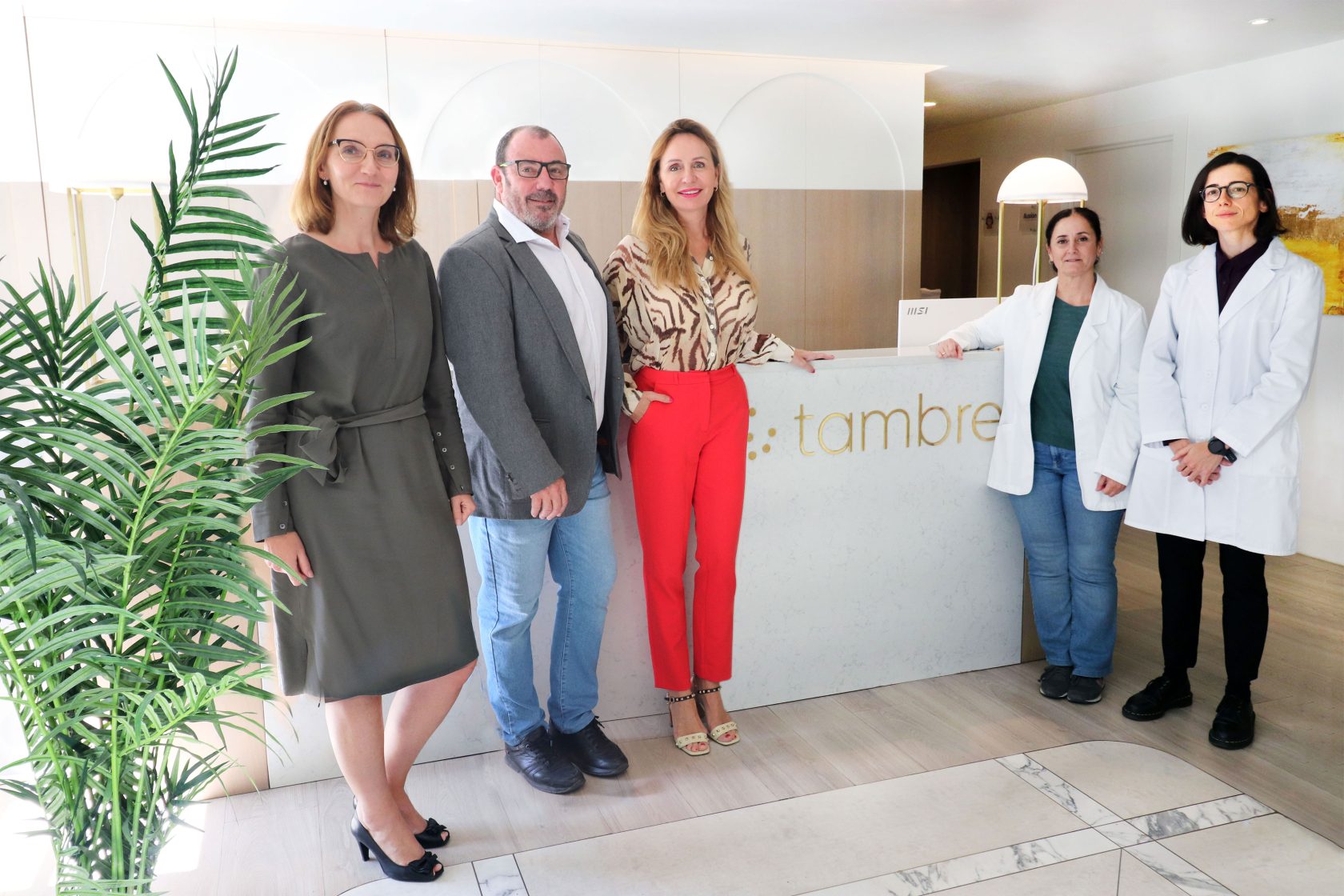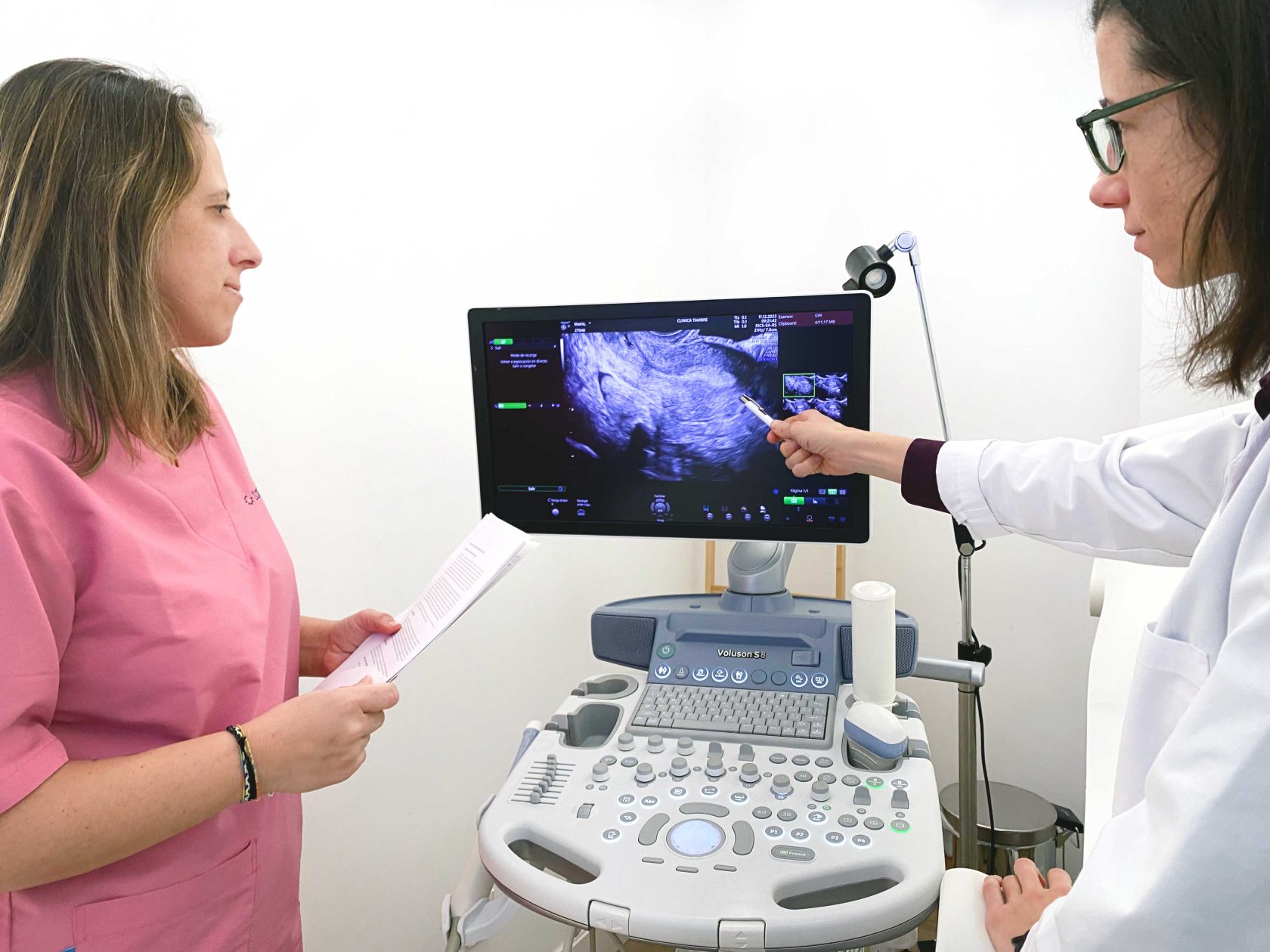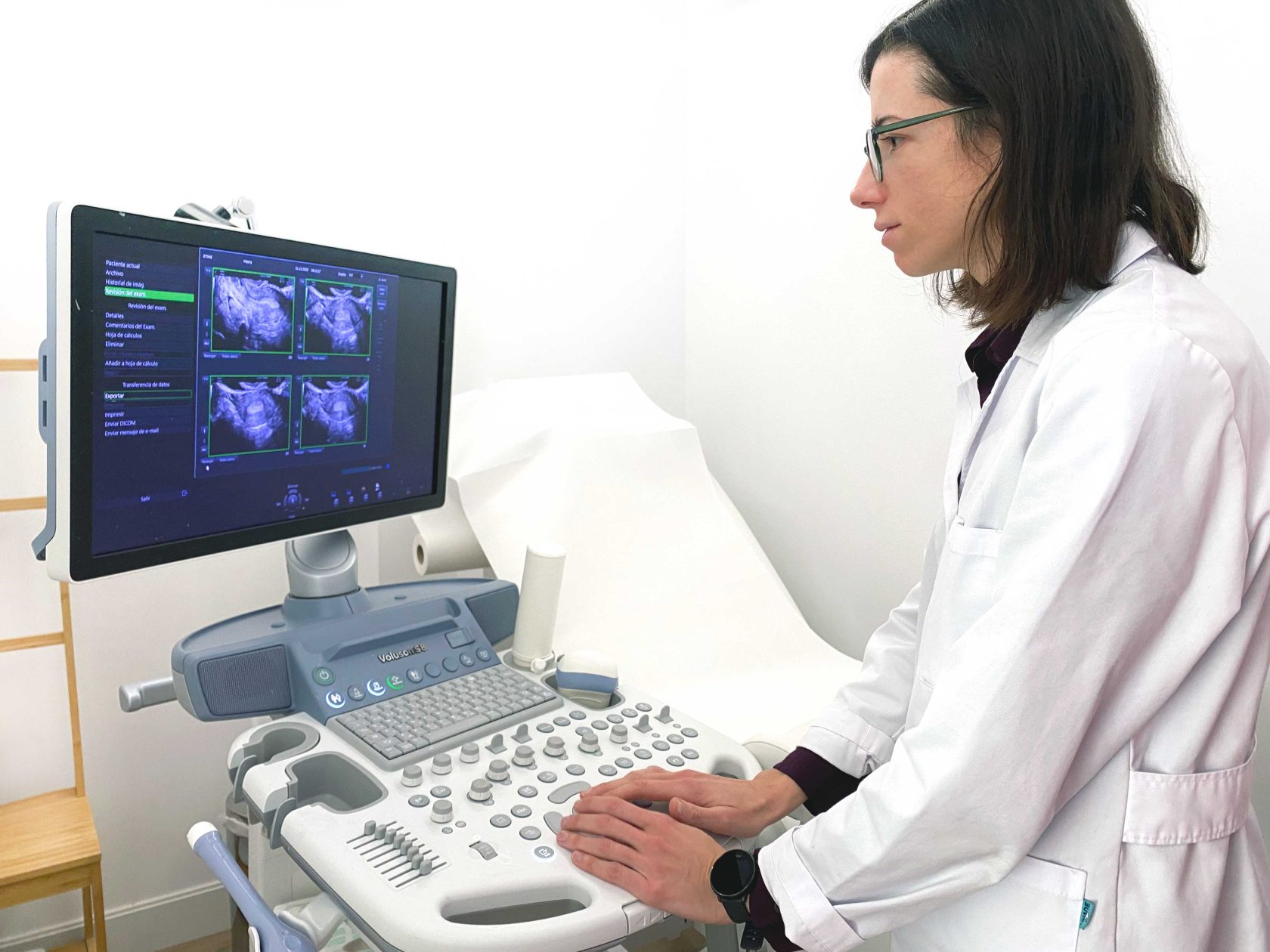blog tambre
Artificial Intelligence reduces time to pregnancy in fertility treatment

Table of contents
Tambre uses an algorithm with thousands of ultrasound scans designed to determine whether the endometrium is receptive before the transfer and reduces the risks of losing the embryo
Reproductive medicine has a very clear objective: to reduce the time it takes to achieve pregnancy as much as possible. In fertility treatment, time works against patients. Either because their age is beginning to reach its limit and biology is taking its course or due to the development of pathologies make gestation impossible.
Artificial intelligence is already a valuable tool for specialists in assisted reproduction. Rhe objective is to avoid long treatments, with failed transfers, which are emotionally draining for the patient and financially costly. These are two main reasons for using AI, according to Dr Ángela Llaneza, Scientific Director of Clínica Tambre in Madrid, a centre that has been a pioneer in the implementation of AI in its day-to-day work. “Our aim is that through the best technology and the most expert Gynaecologists, the patient achieves pregnancy in the shortest possible time, avoiding useless transfers that only add emotional strain and increase the cost of treatment”. Dr Llaneza stresses that, “we want our treatments to be as efficient as possible“.
The fertility expert gives as an example of Tambre’s commitment to the project which improves endometrial assessment and determines the most appropriate time for embryo transfer using an algorithm. The clinic is currently collaborating with the Barcelona-based start-up company, HoMu Health Ventures, one of the most important in the world in the field of reproductive medicine, which promotes research and studies in assisted reproduction and genomics, among others.
The Matris Project
The Madrid-based clinic, has 45 years of experience in the sector and has become one of the pioneers in the use of big data to introduce improvements in assisted reproduction. It is in the process of carrying out a clinical study to improve the classification of the endometrium. With the development of an AI-based system that predicts the moment when the endometrium of the future mother is optimally receptive for a successful implantation.
Dr Llaneza explains that the Matris project, “is an original and unique technological development of artificial intelligence (AI) produced in Canada that allows, by means of ultrasound images, to predict which endometrium is most ready to receive an embryo and, therefore, give rise to a pregnancy”.

Dr Llaneza reviewing endometrial ultrasound
With Matris, the Gynecologist can choose the best time to perform the embryo transfer and, supported by the algorithm, assess whether his or her opinion coincides with the data provided by the AI. “We are training the algorithm with thousands of photos and patient data,” says the expert. “Our goal is to get our patient pregnant as soon as possible”.
Non-invasive system
This novel system has the advantage of being non-invasive. It performs the analysis two days before the scheduled embryo transfer takes place. It allows important decisions to be made, such as postponing the moment if the endometrium is not in the right condition to receive the embryo. Dr. Llaneza explains that the system provides the specialist with objective data regarding the suitability of the endometrial tissue and suggests, in some cases, that the transfer should be cancelled. This provides a fundamental advantage, which is to avoid losing an embryo that will not implant in the mother’s uterus because it is not ready. An embryo which, in other circumstances, could give rise to an evolving pregnancy and the birth of a baby.
The Scientific Director stresses that this is undoubtedly a step forward and a great advance in assisted reproduction. Tambre’s Scientific Advisor, Dr José Horcajadas, emphasises that this algorithm has already been validated in prestigious international clinics. “It is currently available at the Tambre clinic in Madrid on an experimental basis and free of charge to “intelligently” improve the pregnancy rate in women undergoing in vitro fertilisation techniques (IVF),” explains the scientist.
Tambre, a pioneer in the use of AI
Tambre has several lines of research underway related to AI all of which are designed to reduce the time to pregnancy. It has participated in the validation of algorithms that can improve embryo selection through AI. Algorithms that are now being used in clinics all over the world. And now patients “will also be able to benefit from the CHLOE programme that helps our expert embryologists to find the best embryo to achieve pregnancy as soon as possible. We have participated in the development phase. And we have been pioneers in Spain in the development of this AI-based technology,” says Dr Llaneza.
Another of the applications of AI at Tambre is the system used to find the most suitable donors for couples using eggs, sperm or both gametes to have a baby. Fenomatch technology makes it possible to use thousands of pieces of data to achieve the best biometric match between the future baby and its parents. Achieving the closest physical and genetic resemblance to the families is the primary goal of this cutting-edge technology.

